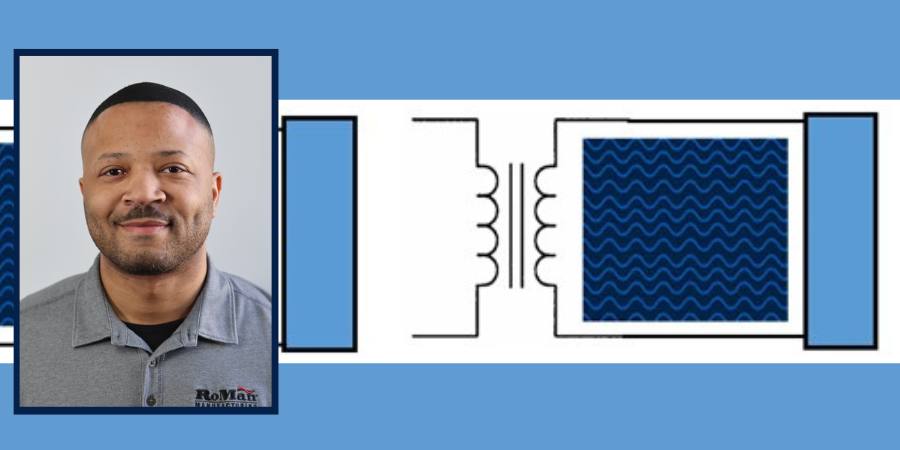
Changes are inevitable, but the world today is shifting oh so rapidly, keeping us on our toes. Two men from different parts of the world, both with significant experience within the heat treating community, reflect on the implications of these changes in the heat treat industry. With each new topic, will their views align?
The experts are Thomas Schneidewind, editor-in-chief of heat processing magazine, and Doug Glenn, publisher and founder of Heat Treat Today. Thomas’s expertise lies in the European market while Doug’s resides in the North American market. We will feature their responses in each print magazine. Will their views run parallel or perpendicular? Time will tell. Enjoy this sixth installment of an ongoing column, first published in Heat Treat Today’s March 2023 Aerospace Heat Treating print edition.
Has digitalization come to heat treat operations? If so, how?
Thomas Schneidewind, Editor-in-Chief, heat processing magazine

Editor-in-Chief
heat processing Magazine
Have you heard about the speaking furnace in the smart heat treat operations in Kleinachenbuchbach?

You are right! There is no speaking furnace and no city with this name – not as far as I know. But if you think about the future of hardening shops or just have a look in the R&D departments of furnace builders, you will get an idea what the heat treat shop will look like in twenty years. Two topics will clearly shape the industry: decarbonization and digitalization. Decarbonization is the leading theme; digitalization is its enabler.
Digitalization is an important catalyst that makes decarbonization possible. It enables us to create and play out a multitude of scenarios in the shortest possible time, to exchange information globally in seconds, to free ourselves from time-consuming routine work, and to conserve, develop, and pass on knowledge gained from experience. Further, artificial intelligence (AI) has already started to augment all of our businesses, and this trend will continue to accelerate over the next years. Every company needs to think of itself as a technology company, redesign its processes, and ensure its employees have the skills needed for a world where we increasingly collaborate and work with capable and intelligent machines.
Digitalization is a key to success for small and medium sized enterprises in the heat treatment industry and a key to change the traditional heat treat shop into a smart, green, and profitable company. As the owner of a heat treat operation, you can concentrate on your business. While you talk to clients, do business, and invest in green technologies, maybe someday you will talk to your furnace and it will give you answers to much bigger questions than those connected to temperature, time, and hardness.
Doug Glenn, Publisher, Heat Treat Today

Publisher and Founder
Heat Treat Today
The answer to the question is a simple “yes.” Depending on what is meant by “digitalization,” it has been in heat treat operations for a number of years. The proliferation of digital chart recorders, for example, is clear evidence of that digitalization.
What digitalization will mean in the future is a mystery. One might say that digitalization is an ever-expanding final frontier, a place where we will be able to explore strange new worlds, to seek out new life and new civilizations, to boldly go where no man has gone before! (I hope you Trekkies appreciate that reference.)

scan the code for “Cutting
edge technology allows Quintus Technologies to deliver
optimum technical support.”
It is, more seriously, an ever-evolving, strange new world, which currently is not widely embraced in the North American heat treat industry. Where we do see more of it is in larger companies with in-house heat treat operations. These larger companies have the IT and engineering horsepower to invest in deeper and deeper levels of digitalization.
Today, it is common for heat treat furnace manufacturers to perform computer upgrades and equipment troubleshooting remotely. It is rare, however, to see equipment servicing being performed via augmented reality (AR) where an on-site maintenance person or engineer wearing something similar to holographic glasses is helped by a “field” service technician who is hundreds or even thousands of miles away. But this type of AR-assisted field service does happen. For example, a hot isostatic press manufacturing company is promoting their ability to perform remote AR-based service. To view a video, scan the code below or do a web search for: “Cutting edge technology allows Quintus Technologies to deliver optimum technical support.” Pretty inspiring.







